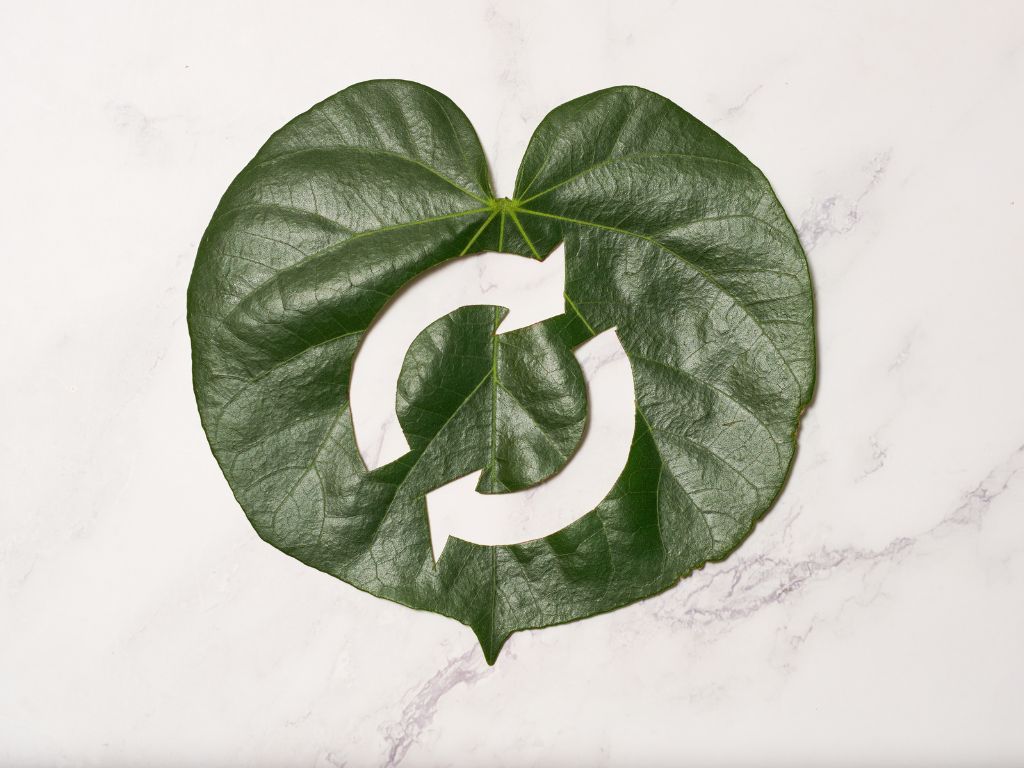
The results from the CircEUlar project will provide valuable insights to inform European Union circular economy policies, linking to material flows and strategies for slowing, narrowing, and closing material loops.
One instrument of particular interest to the CircEUlar consortium partners is Extended Producer Responsibility (EPR). For instance, as part of CircEUlar’s stakeholder engagement, teams from T6 and IIASA organized two mini online workshops and one one-on-one discursive interview to explore feedback from EPR-related organizations on the parameters, assumptions and feasibility of the models being developed.
What is Extended Producer Responsibility?
EPR is an environmental approach in which producers become responsible for the end-of-life management of their products (OECD, 2001, 2016). It is usually accompanied by end-of-life performance objectives such as collection, reuse and recycling targets.
One particular characteristic of this approach is to shift the economic burden (fully or partially) of managing waste away from municipalities to producers, hence implementing the polluter-pays principle (OECD 2001, 2016).
How Can EPR Impact Material Flows?
EPR systems typically operate through collective systems where producers pay fees to Producer Responsibility Organizations (PROs). These fees are proportional to the quantity of products placed on the market.
Through Eco-Design. The fee structure can vary according to certain criteria, such as the materials used by producers for their products or the recyclability/repairability of those products. Depending on the chosen criteria, EPR can thus steer products toward “eco-design” that favors extended life, reuse, or recycling—having the potential to slow or close material flows. The fees can also be expressed in €/tonne (commonly used in packaging EPR), providing incentives to reduce material usage and thus, narrowing material loops.
In Europe, EPR fees are found to have a small but significant effect on packaging waste generation while no effect on material substitution is detected at the aggregate level (Joltreau, 2022). Until now, the literature points to limited eco-design impact or lack of publicly available data to properly evaluate the impact (Micheaux and Aggeri, 2021; Campagnoni 2022; Lifset et al., 2023, Pruess and Garrett, 2025). Nevertheless, Micheaux and Aggeri (2021) argue that although “eco-modulation” (fees adjusted according to environmental criteria) has had little direct effect on product design, significant indirect effects can be observed. These include cooperation among members and innovation, particularly through EPR-driven interaction between producers and recyclers.
Through Downstream Investments. These fees are used to finance the end-of-life management of products and compliance with performance objectives, such as recycling targets. This financing can therefore help close the loop through investments in infrastructures, new technologies and improved quality and safety of recycling practices.
Compagnoni (2022) reports that the introduction of EPR is typically associated with an increase in waste collection rates, with some limitations for electronic waste. Through examination of patent records from 1970 to 2007, Nicolli and Mazzanti (2011) demonstrate that the highest levels of recycling technology development occurred in the decade prior to EPR introduction. For the case of packaging EPR, Pruess and Garrett (2025) compare countries performance across multiple criteria such as the clarity of targets, the enforcement capabilities, the innovation potential and infrastructures. They find that Germany achieves highest potential effectiveness rankings for most criteria.
Strategic Implications
While little innovation has been detected so far, EPR represents a promising mechanism for advancing circular material flows within European markets.
The CircEUlar project’s findings will contribute to policy refinement and optimization, supporting Europe’s transition toward a more circular economy.
By Eugénie Joltreau – CMCC
References
Compagnoni, M. (2022). Is Extended Producer Responsibility living up to expectations? A systematic literature review focusing on electronic waste. Journal of Cleaner Production, 367, 133101.
Joltreau, E. (2022). Extended producer responsibility, packaging waste reduction and eco-design. Environmental and Resource Economics, 83(3), 527-578.
Lifset, R., Kalimo, H., Jukka, A., Kautto, P., & Miettinen, M. (2023). Restoring the incentives for eco-design in extended producer responsibility: The challenges for eco-modulation. Waste Management, 168, 189-201.
Micheaux, H., & Aggeri, F. (2021). Eco-modulation as a driver for eco-design: A dynamic view of the French collective EPR scheme. Journal of Cleaner Production, 289, 125714.
Nicolli F. Mazzanti M. (2011), Diverting waste: the role of innovation, in OECD, Invention and transfer of environmental technologies, Paris: OECD.
OECD. 2001. Extended Producer Responsibility: A Guidance Manual for Governments. OECD Publishing.
OECD Publishing. OECD. 2016. Extended Producer Responsibility: Updated Guidance for Efficient Waste Management. OECD Publishing.
Pruess, J. T., & Garrett, R. D. (2025). Potential effectiveness of extended producer responsibility: An ex-ante policy impact analysis for plastic packaging waste in Belgium, France, and Germany. Resources, Conservation and Recycling, 219, 108297.
